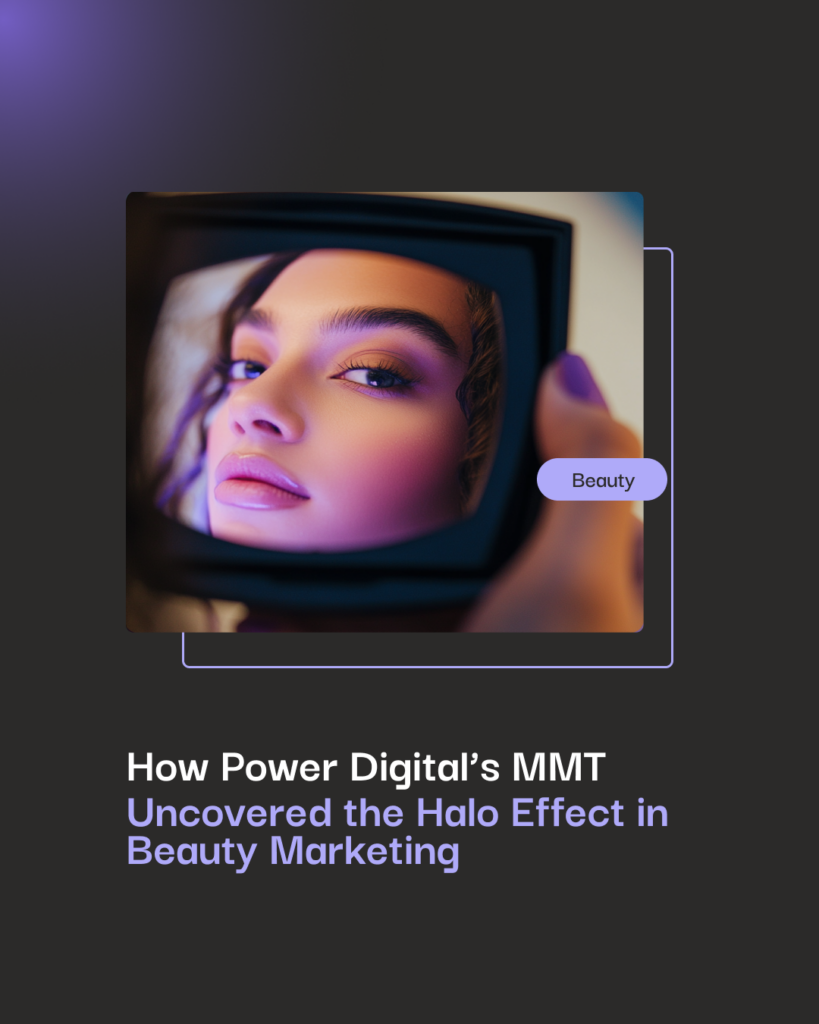Should My Business Run Google or Facebook Ads?

You decided paid advertising is right for your business.
…You created a budget and now you’re weighing the options of where you should spend your ad dollars.
The two biggest players in the online advertising game are Facebook and Google. Both yield millions of daily users and both have advanced targeting capabilities.
However, the platforms also have key differences you can’t ignore; namely, the user’s intent when on the platform. On Google, you’re searching for an answer to a problem.
While on Facebook, you’re there for entertainment and to connect with family and friends. The answer to whether your business should run ads on Facebook or Google boils down to the brand, type of business, and campaign goal.
Does your brand solve a known problem?
The key word here is “known.” As mentioned earlier people go to Google to get answers to their questions. Need to hire a house cleaner in your area? Simply pull out your phone or computer and search, “Housecleaners in San Diego.” Instantly you would see search results sprinkled in with ads of house cleaners ready to polish your place!
If people know what they need (a house cleaner), then they’ll probably do a quick Google search, vet the company’s reviews, and schedule an appointment. The advantage to running an ad for this search term is it’s very specific, the searcher likely is ready to make a decision and book an appointment. When your business appears first, it can mean the difference between the prospect choosing you over your competitors.
However, if you’re a selling a product or service most don’t realize they need, then you’ll need a combination of a brand-building platform like Facebook and unique content like explainer videos. Let’s say you’re an e-commerce store selling home goods products.
After months of testing and perfecting, you developed a unique spiralizer product. Sure people know of spiralizers, but they don’t know yours! You know you have a unique product that solves a specific problem in the kitchen.
You’ve garnered solid reviews but people don’t know they need your product. Your goal is to express the problem your product solves.
While you and your customers know how easy and healthy using this spiralizer, others people may not realize it. A product that needs more explanation could do well as a Facebook ad campaign. Another instance of using Facebook ads over Google ads is to funnel your ads to qualify your traffic. For example, the first touch ad is an explainer video, then you retarget the people who watched the video to 75% with a second touch ad that hones in on an aspect of the product, then you retarget the people who click on this ad with an offer to drive in the sale. Each stage of the ad funnel can be paired with a different objective, meaning Facebook will optimize your ads depending on the objective.
PRO TIP: if you don’t know whether your brand has search volume, use Google Keyword Planner. We always recommend running an analysis on your competitors using SEMrush tools. It’s easier than ever to know if your competitors are running Facebook ads by looking at the “Info and Ads” section of their Facebook page.
Combining Forces
Customer journies more complicated than ever – more browsers, more devices, and more touch points than ever before. According to SalesForce, it takes six to eight touchpoints before having a viable sale. What does that mean for digital advertising? It means it’s not necessarily choosing Facebook or Google, but combining the two. Each platform has advantages and disadvantages, but when the two are combined you hone in on the advantages of each platform and create profitable and sustainable campaigns.
Our Editorial Standards
Reviewed for Accuracy
Every piece is fact-checked for precision.
Up-to-Date Research
We reflect the latest trends and insights.
Credible References
Backed by trusted industry sources.
Actionable & Insight-Driven
Strategic takeaways for real results.





